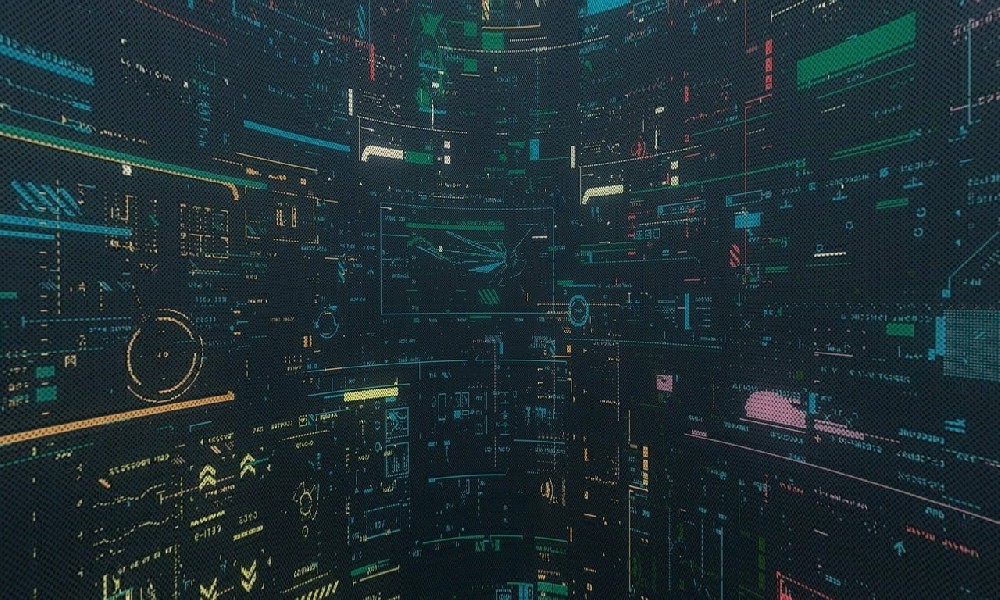In the realm of software innovation, the synergy between User Interface (UI) and User Experience (UX) has become the cornerstone of successful digital products. As both disciplines evolve, understanding their convergence is essential for developers and designers aiming to build applications that resonate with users on a deeper level. This article delves into how the fusion of UI and UX is shaping the future of software development. UI and UX, while interconnected, address different aspects of the software design process. UI focuses on the visual components users interact with – such as buttons, icons, and typography – while UX is the overall experience a user has with a product, encompassing usability, accessibility, and efficiency. It's the harmonious blend of these elements that leads to truly remarkable software. The advent of newer design tools and platforms is empowering designers to push the boundaries of creativity and functionality. Sophisticated software like Sketch, Adobe XD, and Figma provides an ecosystem for designers to prototype and iterate designs with real-time feedback and collaboration features. This has led to a more dynamic design process where the gap between idea and implementation is significantly reduced. User-centric design has shifted from a trend to a necessity in the competitive landscape of software development. Companies now invest heavily in user research to tailor their products to real-world user needs and preferences. Techniques such as A/B testing, heat mapping, and user interviews have become invaluable for gaining insight into user behavior and refining the end product. Another trend that's transforming UI and UX is the integration of machine learning and personalization into user interfaces. Personalization has taken center stage, with adaptive interfaces that learn from user interactions to provide a customized experience. This not only enhances user satisfaction but also fosters user retention by making the software more relevant and engaging. The rise of the Internet of Things (IoT) and pervasive computing environments has further expanded the horizons of UI and UX. Designers are not just crafting experiences for screens but for an ecosystem of interconnected devices. The challenge is to maintain consistency and seamless transitions across devices, which is paramount for user consistency and brand integrity. As voice and gesture-based interfaces gain popularity, the traditional notions of UI are being rethought. Designing for voice assistants like Alexa and Siri or gesture-based control for VR and AR applications requires a different approach where auditory and kinesthetic experiences are at the forefront. The UI of tomorrow may not involve a screen at all, which necessitates a UX that transcends visual design. Lastly, sustainability in design has become an area of focus. With digital consumption at an all-time high, designers are considering the environmental impact of their work. Green UX, which looks at minimizing the energy use of digital services, and ethical design practices that prioritize user welfare over addictive features, are becoming part of the design conversation. The intersection of UI and UX in software innovation is an ever-evolving narrative. It requires continuous learning, adaptation, and forward-thinking to blend aesthetics with efficiency. As software permeates every aspect of our lives, the need for design that is visually stunning, functionally robust, and user-centric has never been greater. The future of software development is not just about what the technology can do, but about how it makes users feel and the value it brings to their lives. This evolution is an invitation to designers and developers to redefine the standards of digital experiences and innovate responsibly for a future that is inclusive and empowering for all users.




